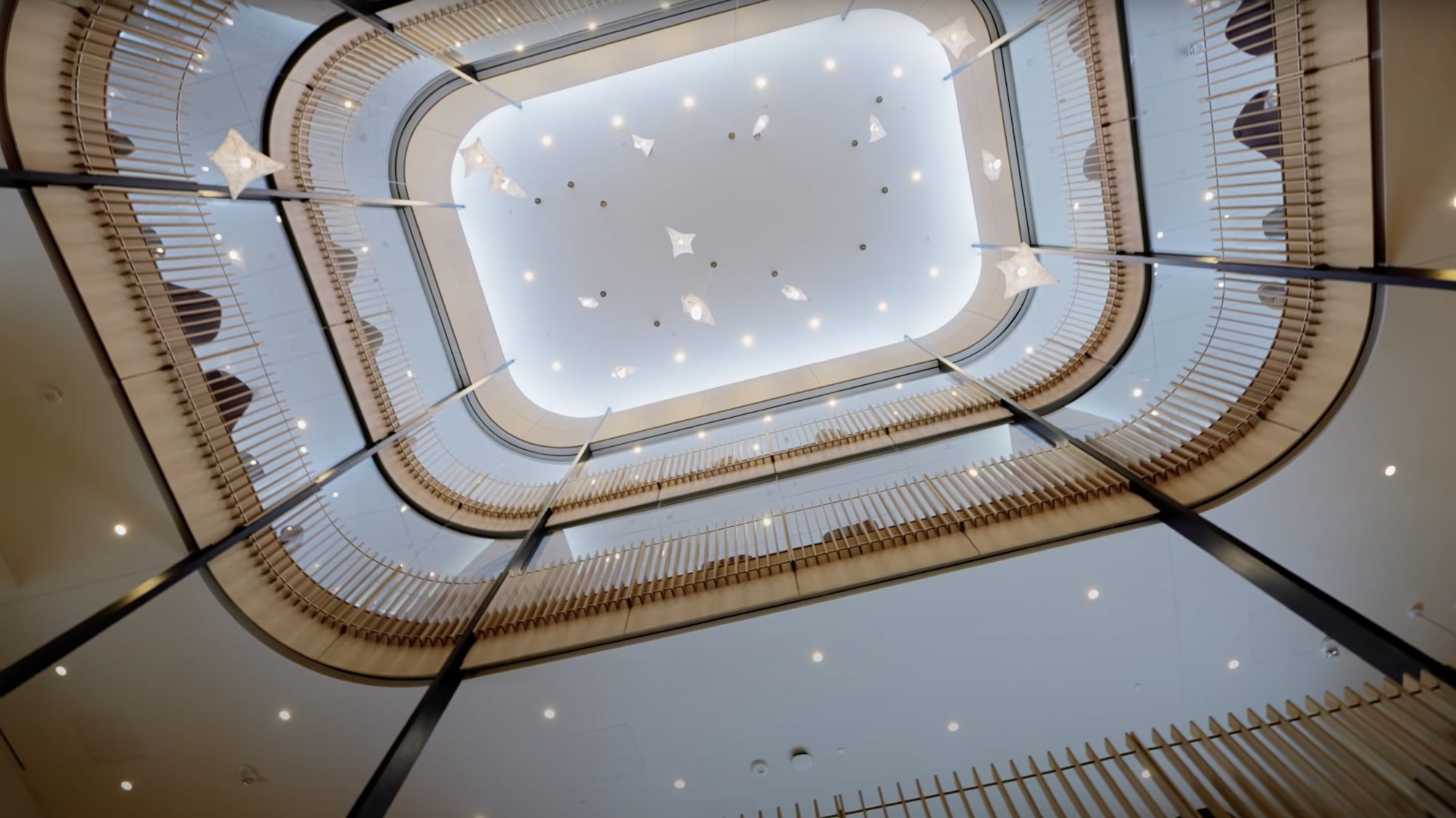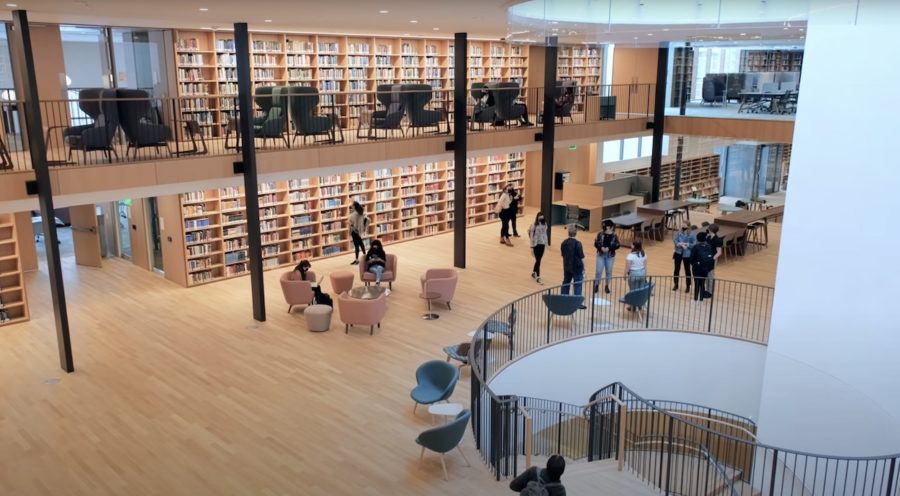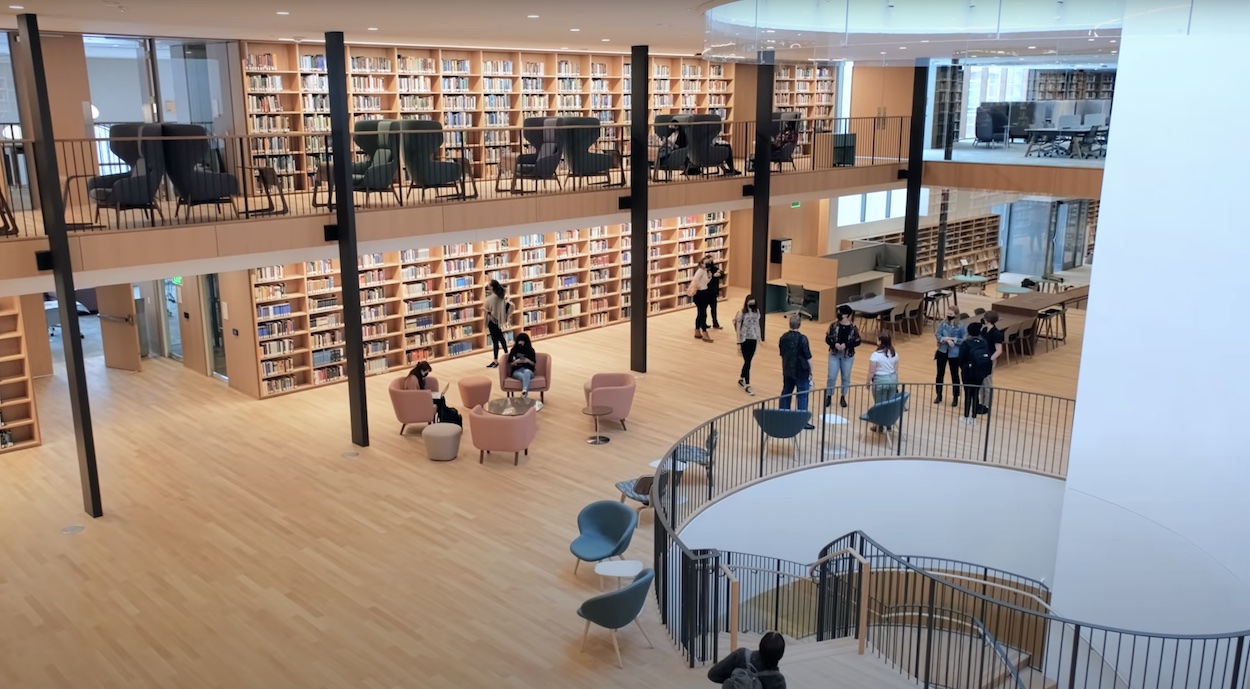In 1949, Julia Lin was attending college in Shanghai as Mao Zedong’s Communist army stormed the city. The student had received a scholarship to transfer to Smith College in the fall, taking her on an unlikely months-long journey out of the country while smuggled on a fishing boat. She eventually made it to Northampton, Massachusetts, where she graduated in 1951. Soon after earning her Ph.D. in Chinese language and literature at the University of Washington, she met a fellow Chinese refugee graduate student, relocated to Athens, Ohio, and had a child, the artist and architect Maya Lin.
Widely known for winning the national design competition to design the Vietnam Veterans Memorial in Washington, D.C., while still an undergraduate at Yale University (and the controversial, troubled execution of her vision that followed), Lin has enjoyed an enduring career. She often draws inspiration from the architecture of nature to create breathtaking memorials and landscapes whose influences on the environment, history, and culture are as subtle as they are profound. Lin’s latest feat, the Neilson Library at Smith College, designed in collaboration with Shepley Bulfinch, might be her most personal yet. Besides her mother’s ties to the university, which awarded Lin an honorary doctorate in 1993, the library also marks Lin’s first major project since the death of her husband, photographer Daniel Wolf, in January. “You rarely get to bring it home in architecture, when a project and a client is so connected to your life story,” she tells the New York Times.






